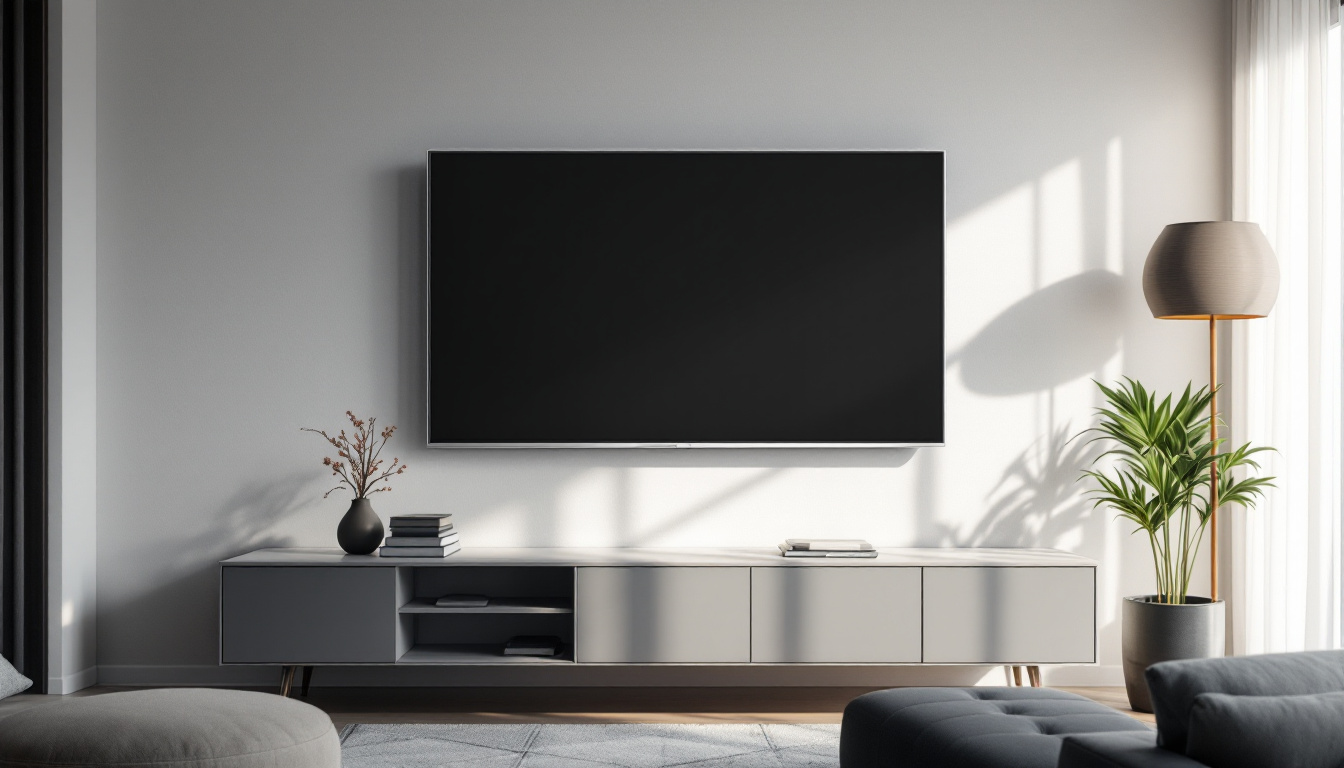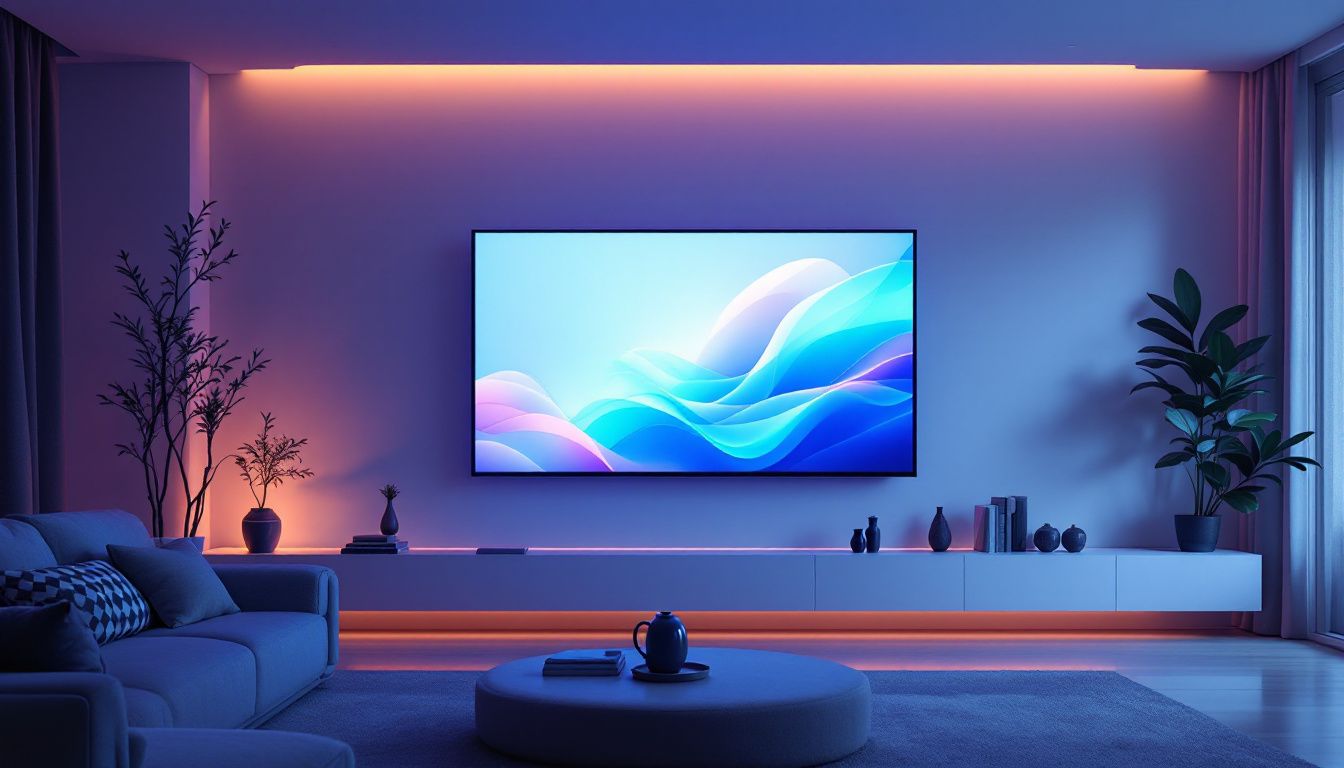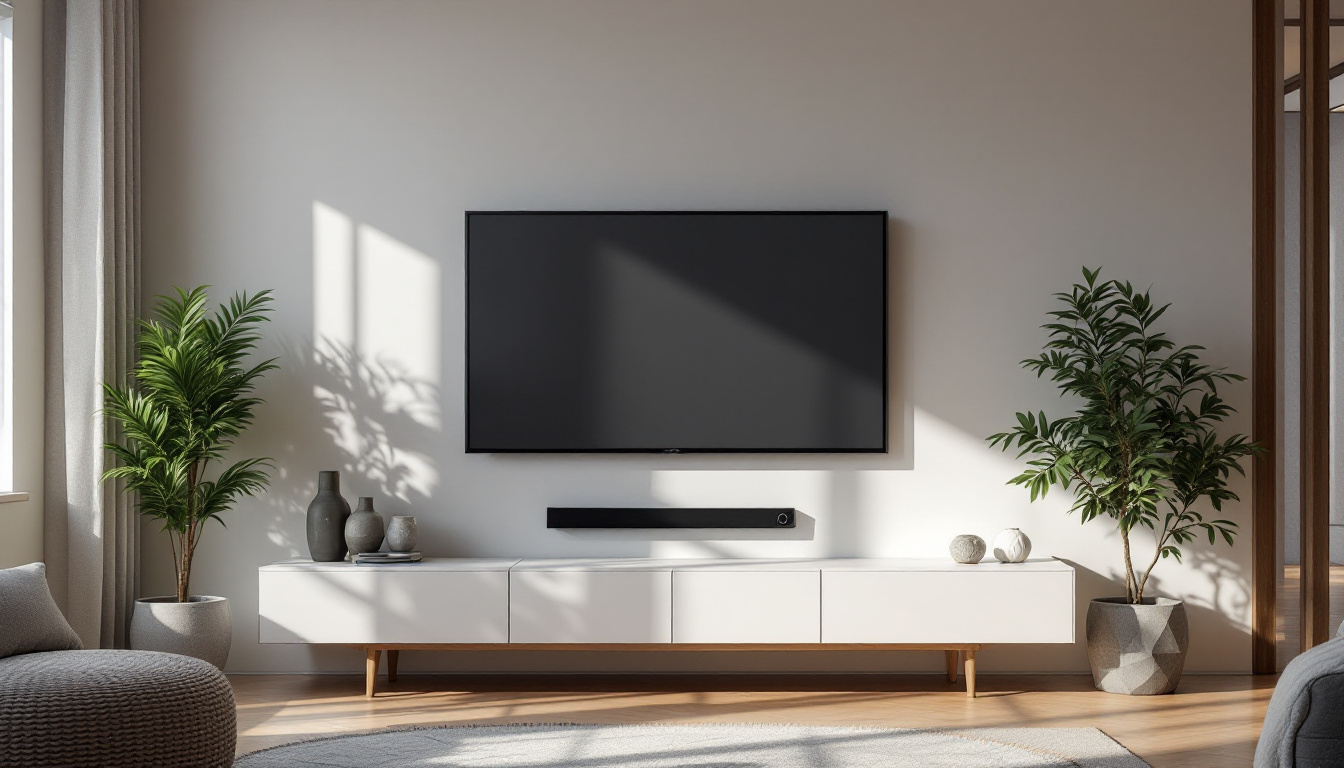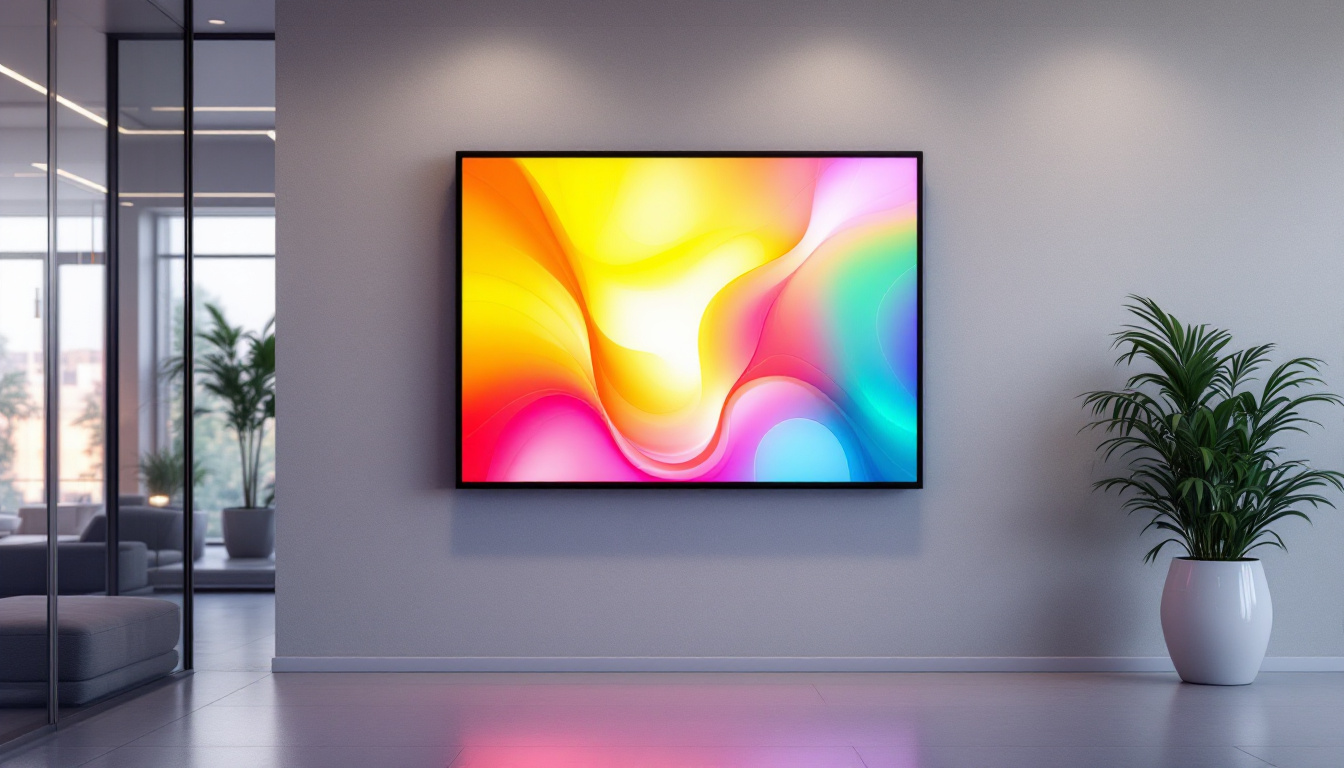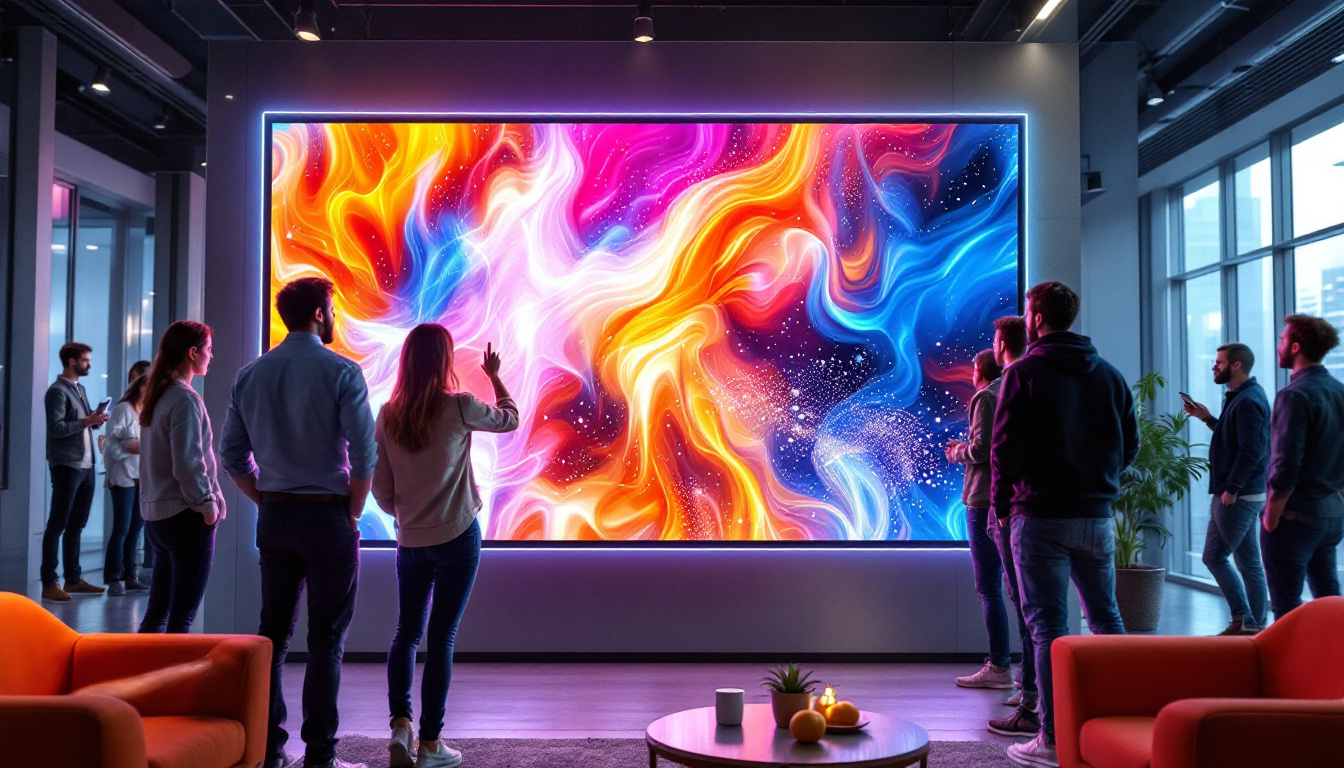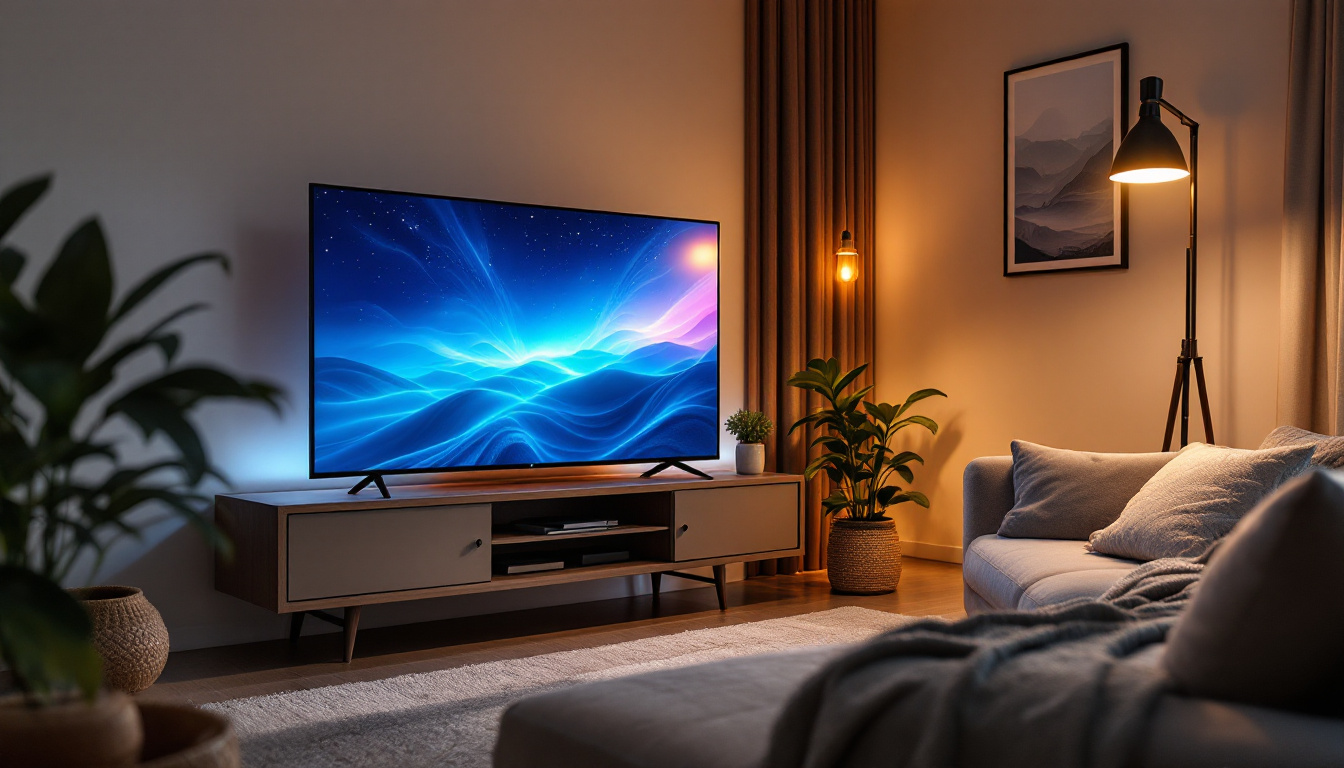Ceiling Bracket For Flat Screen TV: LED Display Explained
As technology continues to evolve, the way we consume entertainment has transformed dramatically. Flat-screen TVs, particularly those with LED displays, have become a staple in households around the globe. With their sleek designs and high-quality visuals, these televisions not only enhance the viewing experience but also contribute to the aesthetic appeal of a room. One innovative way to maximize space and optimize viewing angles is by utilizing a ceiling bracket for flat-screen TVs. This article delves into the benefits of ceiling-mounted TVs, the intricacies of LED technology, and essential considerations for selecting the right ceiling bracket.
The Advantages of Ceiling Mounting a Flat-Screen TV
Ceiling mounting a flat-screen TV offers a range of benefits that enhance both functionality and style. This method of installation is particularly advantageous in various settings, including homes, offices, and commercial spaces.
Space-Saving Solution
One of the most significant advantages of ceiling mounting a TV is the ability to save valuable floor space. In smaller rooms, traditional TV stands can take up considerable space, making the room feel cramped. By opting for a ceiling bracket, the TV is elevated, allowing for more open floor space and a less cluttered appearance.
Additionally, ceiling mounts can be particularly useful in multi-purpose rooms where flexibility is essential. For example, in a home gym or a conference room, having the TV mounted on the ceiling allows for unobstructed movement and versatility in furniture arrangement. This flexibility can also extend to outdoor spaces, where a ceiling-mounted TV can enhance entertainment options without taking up precious patio or deck space, making it perfect for gatherings and parties.
Enhanced Viewing Angles
Ceiling-mounted TVs can be adjusted to provide optimal viewing angles, ensuring that everyone in the room has a clear line of sight. This is especially beneficial in larger spaces or rooms with unconventional layouts. By angling the TV downwards, viewers can enjoy a better experience without straining their necks or adjusting their seating positions.
Moreover, in environments such as bars or restaurants, ceiling-mounted TVs can be positioned to cater to a larger audience, making it easier for patrons to enjoy sports events or presentations without obstruction. This strategic positioning can also enhance the ambiance of the venue, creating a more engaging atmosphere where everyone feels included in the viewing experience. The ability to rotate or tilt the TV can further enhance this effect, allowing for dynamic adjustments based on the event or crowd size.
Improved Aesthetics
Ceiling mounting a flat-screen TV can significantly enhance the overall aesthetic of a room. The absence of bulky furniture or stands creates a clean and modern look, allowing the TV to blend seamlessly with the decor. This minimalist approach is particularly appealing in contemporary design schemes.
Furthermore, ceiling brackets come in various styles and finishes, allowing homeowners and designers to choose options that complement the existing decor. Whether it’s a sleek, black mount or a more decorative design, there are plenty of choices to suit individual tastes. In addition to the aesthetic appeal, the integration of smart home technology with ceiling-mounted TVs can elevate the overall experience. With the right setup, users can control their TV through voice commands or smartphone apps, adding a layer of convenience that aligns with modern living. This tech-savvy approach not only enhances functionality but also contributes to a streamlined, sophisticated environment that impresses guests and residents alike.
Understanding LED Display Technology
LED (Light Emitting Diode) technology has revolutionized the television industry, providing brighter images and more vibrant colors compared to traditional LCD or plasma displays. Understanding how LED displays work can help consumers make informed decisions when purchasing a flat-screen TV.
How LED Displays Work
LED displays utilize a backlighting system that consists of numerous tiny diodes. These diodes emit light, which is then filtered through a liquid crystal display (LCD) panel to create images. The brightness and clarity of LED displays are attributed to this advanced backlighting technology, which allows for deeper blacks and brighter whites.
There are two primary types of LED displays: edge-lit and full-array. Edge-lit LED TVs have diodes positioned around the edges of the screen, while full-array LED TVs feature a grid of diodes behind the entire screen. Full-array displays tend to offer better contrast and uniformity in brightness, making them a popular choice for consumers seeking superior picture quality.
Benefits of LED Displays
LED displays offer several advantages over traditional display technologies. One of the most notable benefits is energy efficiency. LED TVs consume less power, making them an environmentally friendly option that can also lead to lower electricity bills.
Additionally, LED displays are known for their longevity. With a lifespan that can exceed 50,000 hours, consumers can enjoy their investment for years without significant degradation in picture quality. This durability makes LED TVs an excellent choice for both residential and commercial use.
Picture Quality and Performance
When it comes to picture quality, LED displays excel in delivering vibrant colors and sharp images. The technology allows for a wider color gamut, ensuring that viewers experience a more lifelike representation of the content. This is particularly important for those who enjoy watching movies, sports, or playing video games, where visual clarity is paramount.
Moreover, many LED TVs come equipped with advanced features such as high dynamic range (HDR), which enhances contrast and color accuracy. This technology allows for a more immersive viewing experience, making it feel as though the viewer is part of the action.
Selecting the Right Ceiling Bracket
Choosing the appropriate ceiling bracket for a flat-screen TV is crucial for ensuring safety, stability, and optimal viewing. With various options available in the market, understanding the key factors to consider can simplify the selection process.
Weight Capacity
One of the first considerations when selecting a ceiling bracket is the weight capacity. Each bracket is designed to support a specific weight range, and it is essential to choose one that can safely hold the weight of the TV. Most manufacturers provide detailed specifications regarding weight limits, so it’s advisable to consult these guidelines before making a purchase.
Additionally, it is essential to consider the weight of any additional equipment, such as soundbars or gaming consoles, that may be mounted alongside the TV. Ensuring that the combined weight remains within the bracket’s limits will prevent potential accidents and damage.
Adjustability and Range of Motion
Another important factor to consider is the adjustability of the ceiling bracket. Many brackets offer tilt, swivel, and extension capabilities, allowing for greater flexibility in positioning the TV. This is particularly beneficial in rooms with high ceilings or unique layouts, where optimal viewing angles may vary.
For instance, a bracket that allows for tilting can help reduce glare from windows or overhead lights, enhancing the viewing experience. Similarly, a swivel feature enables viewers to adjust the TV’s position based on their seating arrangement, providing a more comfortable experience.
Installation and Compatibility
Installation ease is another critical aspect when selecting a ceiling bracket. Some models are designed for straightforward installation, while others may require professional assistance. It is advisable to assess one’s DIY skills and the complexity of the installation process before making a decision.
Moreover, compatibility with the TV model is essential. Most brackets come with a VESA (Video Electronics Standards Association) mounting pattern, which standardizes the distance between mounting holes on the back of the TV. Ensuring that the bracket matches the VESA specifications of the TV will facilitate a secure and stable installation.
Installation Tips for Ceiling-Mounted TVs
Once the right ceiling bracket has been selected, proper installation is crucial for ensuring safety and functionality. Following some essential tips can help streamline the installation process and achieve the best results.
Choose the Right Location
Before installation, it is vital to choose the right location for the ceiling-mounted TV. Consider factors such as viewing distance, height, and angle. The ideal height for mounting a TV is typically eye level when seated, which can vary based on the room’s layout and the height of the ceiling.
Additionally, ensure that the chosen location allows for easy access to power outlets and cable connections. Planning ahead can prevent complications during installation and enhance the overall viewing experience.
Use the Right Tools
Having the right tools on hand is essential for a successful installation. Common tools required for installing a ceiling bracket include a drill, stud finder, level, and screwdriver. Using a stud finder is particularly important, as it helps locate ceiling joists, ensuring that the bracket is securely anchored.
Furthermore, following the manufacturer’s instructions carefully will ensure that all components are installed correctly. Each bracket may have specific requirements, so taking the time to read through the guidelines can prevent mistakes and ensure a safe installation.
Test the Stability
After installation, it’s crucial to test the stability of the mounted TV. Gently shake the TV to ensure that it is securely attached to the bracket and that there is no movement. This step is vital for preventing accidents and ensuring the safety of everyone in the room.
Once stability is confirmed, adjust the TV to the desired angle and make any necessary fine-tuning to achieve optimal viewing conditions. This final adjustment can significantly enhance the overall viewing experience.
Conclusion
Ceiling mounting a flat-screen TV offers numerous advantages, including space-saving benefits, enhanced viewing angles, and improved aesthetics. Understanding LED display technology can help consumers make informed decisions when purchasing a television, ensuring they choose a model that meets their needs.
When selecting a ceiling bracket, factors such as weight capacity, adjustability, and installation ease should be considered to ensure a safe and functional setup. Proper installation techniques further enhance the experience, creating a seamless integration of technology into the living space.
By embracing the innovative approach of ceiling-mounted TVs, individuals can enjoy a modern, stylish, and efficient entertainment solution that elevates their viewing experience to new heights.
Discover LumenMatrix’s Advanced LED Display Solutions
Ready to take your viewing experience to the next level? LumenMatrix is at the forefront of LED display innovation, offering a wide array of solutions that cater to your unique needs. Whether you’re looking to create an immersive indoor environment with an LED Wall Display, capture attention outdoors, showcase dynamic content on a moving vehicle, or even integrate a custom LED display into your space, LumenMatrix has the technology to bring your vision to life. Elevate your visual communication with our cutting-edge LED displays that promise to engage and captivate your audience. Check out LumenMatrix LED Display Solutions today and transform your space with unparalleled clarity and impact.

